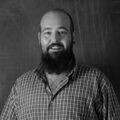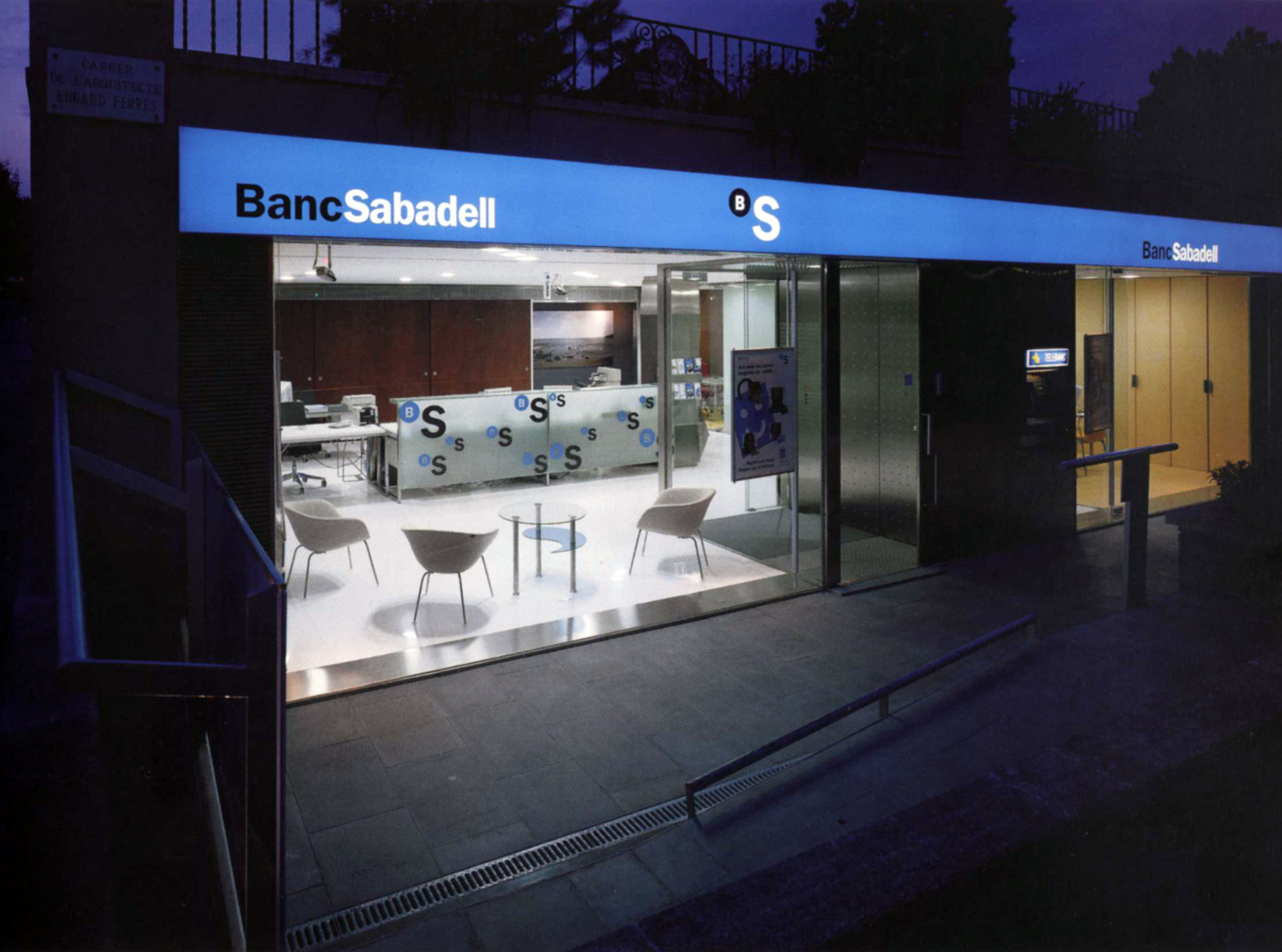This website uses cookies so that we can provide you with the best user experience possible. Cookie information is stored in your browser and performs functions such as recognising you when you return to our website and helping our team to understand which sections of the website you find most interesting and useful.
A conversation with Enric Sanitjas, Professor of Model making, La Llotja School of Art and Design. Advanced Vocational Training in Applied Arts and Crafts with specialization in Models and Moulds.
Q: What led you to choose the profession of model maker and work in the architecture sector?
A: I studied a vocational program in Models and Molds and another in Industrial Modeling. My intention has always been to work with my hands, developing volumes and concepts.

Q: What is the main purpose of a model in the architectural design process?
A: Models can intervene at different stages of projects. In each phase, the model maker aims to develop the main volumes and geometries, bringing their knowledge of both techniques and materials to find the best solution.
Q: What types of models do you consider most useful for different stages of the design process?
A: Working models and concept models are useful in the initial stages of projects, and once further along, presentation models or photographs are more appropriate. With the mateoarquitectura projects, we find a good representation of these types of models in projects such as the Filmoteca, Nice, New Camp Nou, La Factory, Paris Boulogne, Girona Hospital, and several others.


Making of Lugano model in cardboard, foam buildings, wood details.
Q: What materials do you prefer to use for models and why? Are they pre-defined?
A: The material I prefer to work with is wood, as the finishes are very pleasing, although it’s not easy to work with due to its structure, which requires precision. Usually, when discussing models, there are already ideas about materials, and I always try to respect these criteria; however, sometimes, due to technical or time constraints, I suggest a change.
Q: What has been the most challenging project you’ve done at mateoarquitectura?
A: We could say that the models for the Bayona project, as during my time at the studio, we started with entirely manual models, using saws and sanders, and then incorporated digital production technologies like laser cutting and CNC milling.
Q: How has the role of the model maker in architecture evolved over the years?
A: It has changed a lot, from being an essential pillar of projects from start to finish, serving as a visual tool to showcase a completed project.
Q: What is your perspective on the future of your craft? In an increasingly digital work environment, do you think physical models might disappear?
A: Physical models will never disappear; they will always be necessary, at least in the final stages, to provide a three-dimensional representation of completed projects. The incorporation of digital technologies makes model production easier but also imposes limits, as we are constrained by what technology can or cannot do. When we only worked by hand, everything relied on the model maker’s skill and the time available until delivery.
The model maker’s craft needs to be restructured and find its place again in projects. With the addition of digital technologies, we no longer just make models but also a wide variety of three-dimensional objects.

Presentation of Bayona project at mateoarquitectura’s headquarters
Barcelona, 2012

